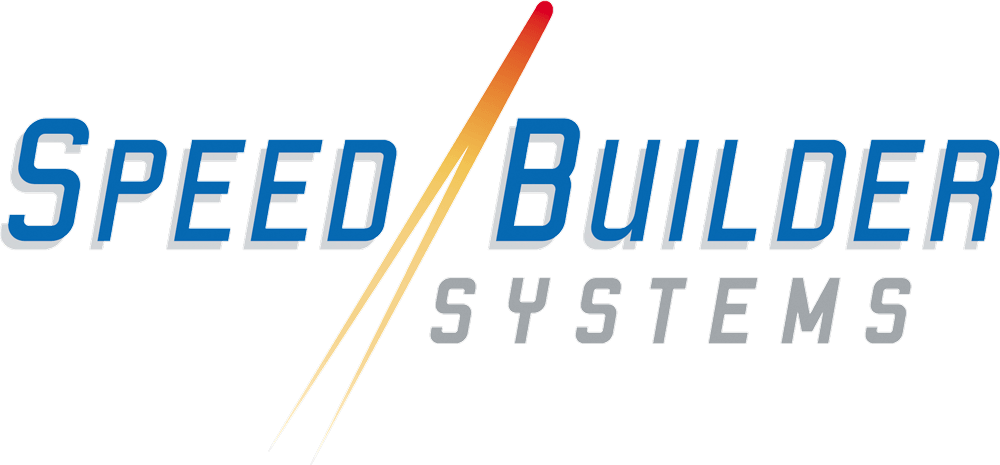Rapid Insurance Product Launches: Time-to-Market Strategies for Insurance Executives
Your last product launch took fourteen months. The one before that took sixteen.
Premium growth is at 2% and your board wants to know why you can’t move faster. Fair question, considering three-quarters of your IT spend goes to maintaining systems that are more likely than not over 20 years old.
Most insurance executives think speed means ripping everything out and starting over. Wrong. The carriers able to pull off a new insurance product launch in weeks are using the same core systems you have—they just approach configuration and vendor management completely differently.
No one’s asking you to become a tech expert. But while development cycles bog you down, your competitors are capturing market share, and your potential customers are switching to whoever gets there first.
Here’s what fast carriers do that slow ones don’t.
How to Launch a New Insurance Product Quickly & Effectively
Strategy 1 – Move to a Cloud-Native Core
You didn’t build your current policy administration system for speed. You built it when “agile development” meant updating software twice a year instead of once.
Cloud-native cores flip this completely. Instead of spending months customizing legacy code, you’re working with API-driven systems that let you push product changes live in weeks. Insurance executives who’ve made this move report launch times dropping from 12-18 months down to just a few months.
And that only scratches the surface.
Nearly half of P&C insurers are already using cloud for analytics, and the ones moving their core systems are seeing real results. McKinsey projects the insurance industry could unlock $70-110 billion in EBITDA impact by 2030, the highest potential upside of any sector.
That shouldn’t come as much of a surprise, considering you can migrate module by module on your timeline while the vendor handles updates and maintenance without any massive rip-and-replace projects required.
SpeedBuilder Systems’ BindExpress embodies this concept by operating on a modern cloud-native architecture so you can pull off a new insurance product launch without the technical debt that bogs down legacy systems.
Strategy 2 – Configure, Don’t Code
Here’s where most insurance executives get it wrong: they think faster product development means hiring more developers.
The truth, is the carriers beating you to market aren’t coding their way out of delays—they’re configuring their way around them. Modern policy administration systems let your business analysts build products through point-and-click interfaces instead of waiting six months for IT to write custom code.
Low-code tools deliver builds 10 times faster, and BindExpress embodies this approach with its SCORE Product Configurator—where your underwriting team can model rating and underwriting rules with zero IT dependency. Your actuaries run risk management analysis, your underwriters configure the insurance policy logic, and your product team launches without a single line of custom code.
Your underwriters already know what new insurance products they want to build. Your actuaries understand the risk models. The only bottleneck is translating that knowledge into working systems, and BindExpress eliminates that gap entirely. Build, test, and enhance products in days, not quarters.
Strategy 3 – Stand Up Cross-Functional Agile PODs
You know what kills an insurance product launch faster than bad technology? Approval chains that involve fourteen different departments.
Most property and casualty insurance executives are still running the same playbook from 1995: underwriting defines requirements, actuarial builds models, IT codes everything, marketing writes copy, and legal reviews it all—sequentially. By the time you finish playing telephone across departments, your original market opportunity is gone.
The carriers launching products in weeks have blown up this model entirely. They’re building small cross-functional pods that combine underwriting, actuarial, marketing, IT, and data experts in one room, working on one product. These teams don’t hand anything off because they own the entire process from concept to customer.
In fact, McKinsey found that these empowered squads can launch or update products up to five times faster than traditional approval chains. With BindExpress’s collaborative configurator, your entire team works in the same platform: underwriting sets rules, actuaries validate models, and product managers see changes instantly.
Speed is one thing, but accountability is the secret sauce. When your pod owns the product end-to-end, there’s nowhere to hide when something doesn’t work. Teams gather live feedback and keep enhancing products after launch instead of disappearing once delivery is done.
Strategy 4 – Exploit Regulatory Accelerators
Most insurance executives treat regulatory approval like a death sentence—submit your filing and pray it comes back within six months.
Smart carriers have figured out that regulators actually want to help you move faster, especially if you know which programs to use. Florida’s expedited self-certification process, under statute 627.4102, lets you pre-review your own property and casualty insurance product filings and submit them as “information” instead of waiting for lengthy approval. The regulator simply checks your certification and accepts the form in days rather than months so products can hit the market within 30 days of filing.
Even better, states like Kentucky, Utah, South Dakota, and Vermont now run insurance regulatory sandboxes that let you pilot innovative products under relaxed rules. These programs create a “test area” where you can launch novel offerings like usage-based coverage with limited consumer counts and oversight waivers.
The carriers exploiting these accelerators aren’t cutting corners on compliance—they’re just working with regulators instead of around them. BindExpress streamlines compliance documentation and regulatory filing preparation, making it easier to coordinate early, model language proactively, and pre-clear terms when possible to avoid the rework that kills timelines.
When you can configure and document simultaneously, you’re always submission-ready.
Strategy 5 – Automate Feedback Loops with Data & AI
Getting your insurance product launch to market fast is only half the battle. The other half is figuring out what’s working once it’s live, and most insurance executives are flying blind here.
You launch a product, wait three months for claims data to trickle in, then spend another month in committee meetings trying to interpret what went wrong. By then, your competitors have already launched, tested, and refined two more versions.
AI changes the equation. Instead of waiting for quarterly reports, you can set up automated feedback loops that mine customer data, social sentiment, and market conditions in real-time to spot coverage gaps and emerging needs. Munich Re found that structured data feedback between underwriting, claims, and actuarial lets carriers react quickly to new risk patterns instead of discovering them six months too late.
The smart move? Run AI simulations of thousands of market scenarios before you even launch—adjusting pricing, features, and underwriting rules to flag issues while you can still fix them. BindExpress integrates naturally with analytics platforms so you can easily embed AI-driven monitoring of key metrics like sales uptake, cancellation rates, and claim trends. You get actionable insights to modify products and pricing as real data comes in automatically and create a continuous innovation loop that keeps your new insurance products competitive for the long-term future of your portfolio.
Tying it Together: How SpeedBuilder Systems Supercharges All Five Strategies
You can implement every strategy we’ve covered, but you’re still stuck if your core platform fights you at every turn. At SpeedBuilder Systems, we built the BindExpress Suite specifically to make insurance executives move faster, not wrestle with their technology.
Here’s how we amplify each strategy:
- Cloud-Native Foundation: Web-based enterprise platform with thousands of built-in configuration options means you’re not customizing legacy code or waiting for vendor updates. Our AlwaysCurrent™ architecture lets you accept all product updates without retrofitting custom code, so your system gets better while you focus on business functions.
- Easy Configuration: The SCORE Product Configurator lets your underwriters build automated rating and underwriting models directly to production without calling IT. Business users can adjust workflows, payment plans, and rating models through point-and-click interfaces that don’t require a manual thicker than a phone book.
- Tools Built for Cross-Functional Teams: An integrated suite means policy administration, billing, claims, and document production all live in one place instead of forcing your teams to hopscotch between systems. The intuitive design requires minimal training, so your actuaries and underwriters can start building products instead of attending software bootcamp.
- Rapid Deployment That Regulators Love: Clients report launching new lines of business in weeks, not years, thanks to pre-built templates and flexible process customization. The platform works with various infrastructures, so you’re not rebuilding your entire tech stack to meet regulatory deadlines.
- Data Integration Without the Bottlenecks: Modular architecture means your feedback loops work flawlessly because all your systems talk to each other. Real-time data flows between underwriting, claims, and billing without custom integrations that easily break.
Outrun, Out-Earn, Out-Innovate
You didn’t get into insurance to spend half your time explaining why product launches take forever. You got into it to build products that solve real problems and make money doing it. But your legacy systems keep dragging you down, turning what should be quick wins into multi-year slogs.
Cloud-native cores, configuration tools, agile teams, regulatory shortcuts, and automated feedback loops are how you cut that anchor loose. And SpeedBuilder’s BindExpress Suite is built around all five strategies, so you don’t have to cobble together solutions from six different vendors while your competitors are already in the market.
Every quarter you spend in development purgatory is revenue walking out the door to someone who figured out how to move faster. Your next product launch doesn’t have to take fourteen months.
Contact SpeedBuilder Systems today and see what weeks to market, instead of years, looks like.


